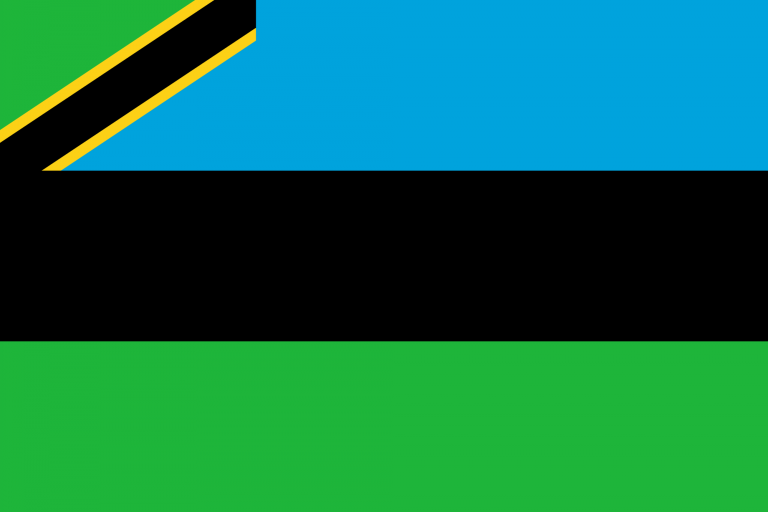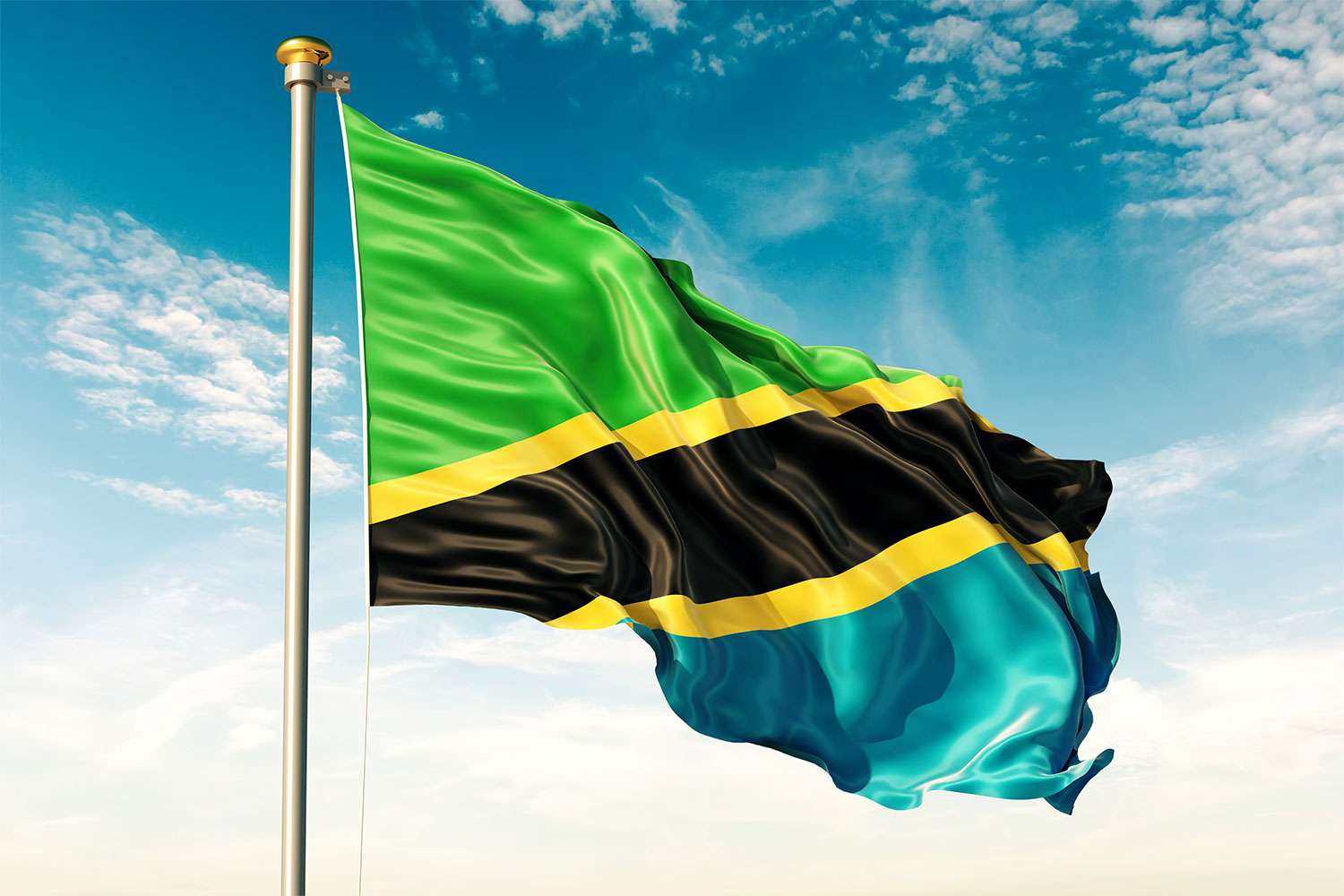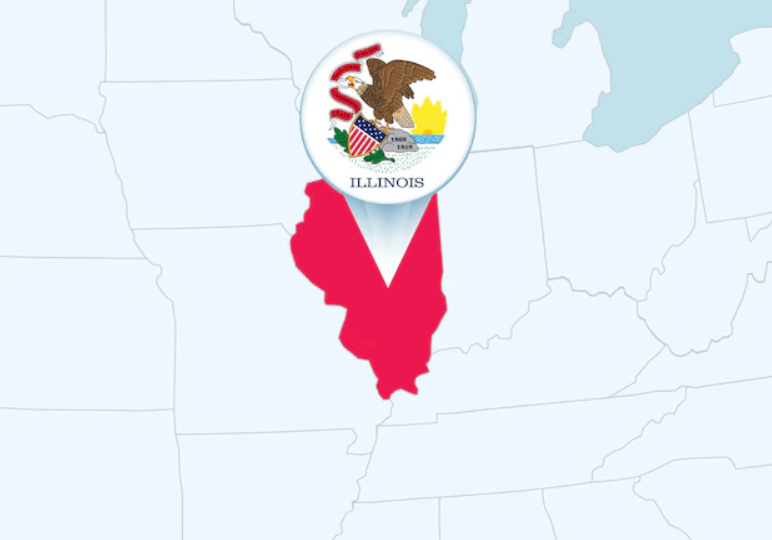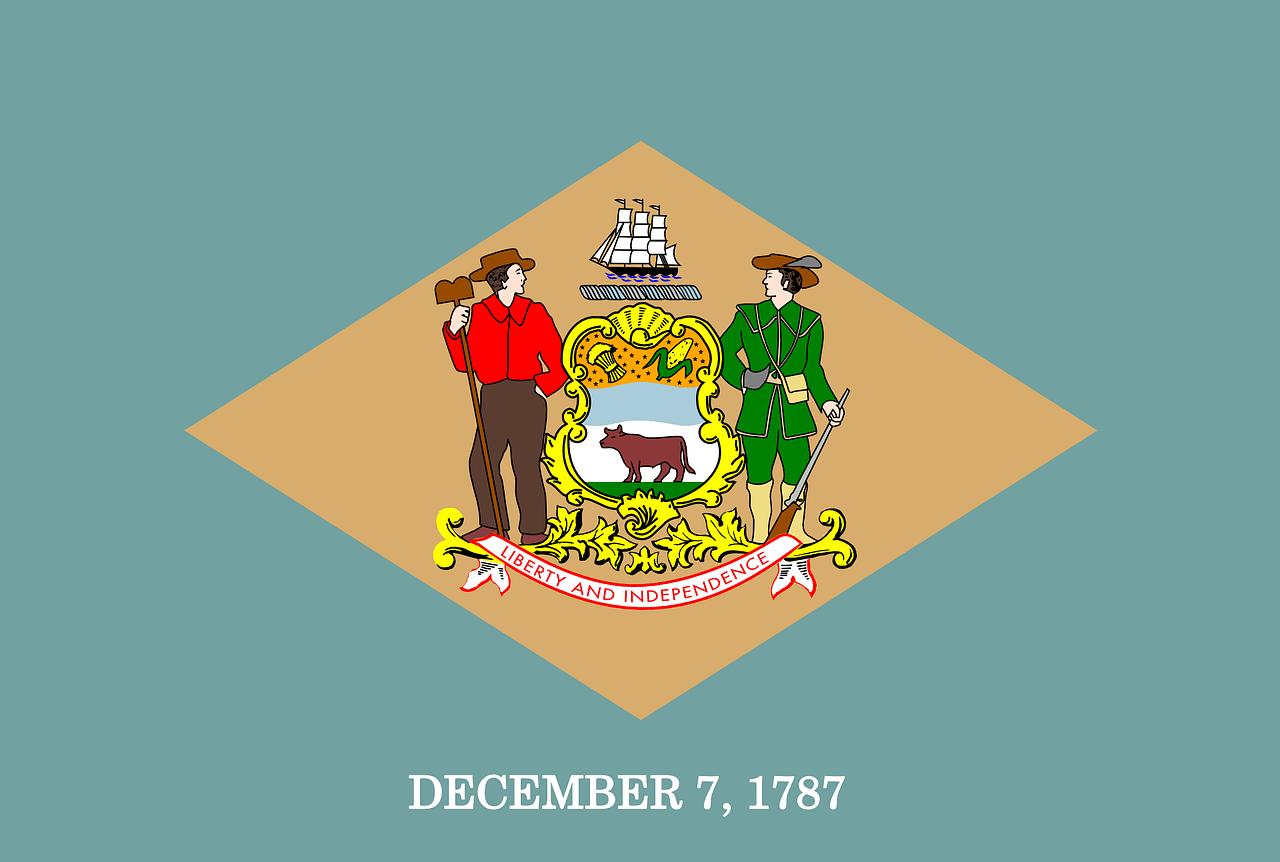
Tanzania, or rather, the United Republic of Tanzania, was founded in 1964 from the union of the recently independent Tanganyika with the Republic of Zanzibar. The name Tanzania comes from the merging of Tanganyika and Zanzibar.
The Tanzanian flag is composed of a yellow-edged black diagonal band that is separated diagonally from the bottom hoist-side corner by an upper triangle made of green and a lower triangle made of light blue. It became the flag of the United Republic of Tanzania after the two nations merged in 1964 when it was chosen to replace the individual flags of Tanganyika and Zanzibar. The two previous flags’ components are incorporated into the current flag’s design. It is one of a select few national flags that have a diagonal line, along with those of the Democratic Republic of the Congo, Namibia, Trinidad & Tobago, and Brunei.
The Tanzanian flag is divided into two triangles by a diagonal stripe that runs from the lower left corner (the shaft side) to the upper right corner. Its rectangular shape has a 2:3 ratio. In order to clarify the equality of the founding states of the new country, the diagonal element breaks with the horizontal pattern of the two prior flags.
History of the Tanzania Flag
British forces dominated German East Africa in 1916. Three years later, the British assumed control of the Tanganyika District as a League of Nations member. In 1946, the League of Nations was disbanded, and the United Nations was established. It was established into the UN Trust Zone following World War II.
African Union of Tanganyika leaders Julius Nyerere and Oscar Kambona created the Tanganyika African National Association (TANU) in 1954 to fight against British colonial control. The political party’s goal was to help the area become independent. Green, black, and yellow horizontal stripes made up the flag. The 9th of December 1961 saw the independence of Tanganyika.
The British Empire steadily gained sovereignty over Zanzibar, as well as occasionally in fits and starts. Zanzibar was given British protectorate status in 1890. The Anglo-Zanzibar War, commonly known as the shortest war in history, was caused by the death of one sultan and the ascension of another, whose appointment the British later disapproved.
As a constitutional monarchy, the islands declared their independence from Britain in December 1963. A month later, the People’s Republic of Zanzibar was established as a result of the brutal Zanzibar Revolution, which resulted in the deaths of thousands of Arabs and Indians as well as the expulsion and expropriation of thousands more.
In April 1964, Tanganyika and Zanzibar merged to form a single country named Tanzania. As a result, the flag designs of the two states were combined to form a new national flag.
Tanzania Flag Design and Symbolic Meaning
One of the largest and most vibrant national flags ever created belongs to Tanzania. The modern flag that is currently in use was approved back in 1964. This occurred when Tanganyika and Zanzibar’s distinct flags were combined into one after the two states merged in the same year. Tanzania’s current flag has elements from both avant-garde independent flags. The current flag has excellent representation. The flag’s colors are supposed to represent the nation’s “rich” land deposit, its citizens, and natural settings like rivers and lakes. In the discussion regarding the flag’s colors, these senses will be further broken down.
Green, blue, yellow, and black are the four contrasting hues that make up Tanzania’s flag. The bottom right triangle is blue, whereas the top left triangle is green. The Tanzanian flag is made up of triangles that are separated by a slanting black band that is yellow-clipped. The colors of Tanzania’s national flag have deep cultural, political and regional significance. The green alludes to the natural vegetation and “rich agricultural resources” of the country. The nation’s native Swahili speakers are symbolized by the color black. The color blue on Tanzania’s flag represents both the Indian Ocean and the country’s numerous rivers and lakes. The thin stripes stand for Tanzania’s mineral wealth, derived from the “rich deposits” in the land.
Some unknown facts
Zanzibar manages its internal affairs freely thanks to its administrative semi-independence status, a president, a parliament, a government, and a constitution. In light of this situation and pressure from independent groups, Zanzibar decided to adopt its own flag in 2005.

The United Republic of Tanzania’s flag has been added as a new insert, restoring the blue, black, and green tricolour. However, the Union’s sovereignty is not in question, and the only flag that can fly legally in response to foreign requests is that of Tanzania. The national flag’s colors are also evident in the country’s insignia, which features a man and a woman on either side of a warrior’s shield as symbols of equality and cooperation.

Each of them is holding an elephant tusk, and at their feet, typical Tanzanian crops like cotton and cloves are growing. The shield is divided into four stripes: the upper one is colored gold, signifying the country’s mineral wealth, and features a flame, a symbol of liberty, illumination, and knowledge; the second is the flag; the third is red, signifying the fertility of the earth and labor; and the lower one is white and blue, representing the ground, the Great Lakes and the Indian Ocean’s waters. The freedom defense is symbolized by the lance that rises from the bottom of the shield up. Under there is the representation of Kilimanjaro and the nation motto: Uhuru na Umoja, “Freedom and Unity”.
About Tanzania
East African nation of Tanzania, it is bordered by Uganda to the north, Kenya to the northeast, Zambia to the southwest, Rwanda, Burundi, and the Democratic Republic of the Congo to the west, as well as the Comoro Islands in the Indian Ocean to the east. Tanzania has a population of 57.3 million people and a density of 62 people per square kilometer.
A unitary presidential democratic republic exists in Tanzania. Kiswahili, also known as Swahili, is the official language and money of Tanzania. The two-letter Tanzanian country code, TZ, plus its three letters make up Tanzania. The digitised code for Tanzania is TZA, which is 834. Tanzania uses UTC +3 hours, which is standard time, and the calling code is +255.
Tanzania’s wildlife reserves draw attention. Safari tours and the natural world draw a lot of tourists to the nation. Dodoma serves as the nation’s capital. Swahili and English are the only two recognized official languages. Tanzanian shillings are used as payment.
The predominant climate is tropical. With sea breezes, the temperature is moderate. On the Tanganyika coast, there is a lot of rainfall. In their food, they use coconut milk and spices. Popular meals include Nyama Choma and Wali Wa Nazi. Tanzanian coffee is well known for being wonderful.
Tanzania has grown to be a well-liked tourism destination thanks to its diverse animals and vibrant culture. Simply told, this is one of the world’s most recognizable safari locations. Among other things, you can see the incredible animals, including the famous wildebeest migration.
Kilimanjaro, the highest continuously snow-capped free-standing mountain in Africa, the exotic Zanzibar Islands, the best wildlife preserves in the Serengeti, Tarangire, Lake Manyara, Ngorongoro Crater, Ruaha, and Selous, as well as the Marine Park of Mafia Island, are just a few of the attractions that draw tourists to Tanzania.
By: Jasleen Kaur



